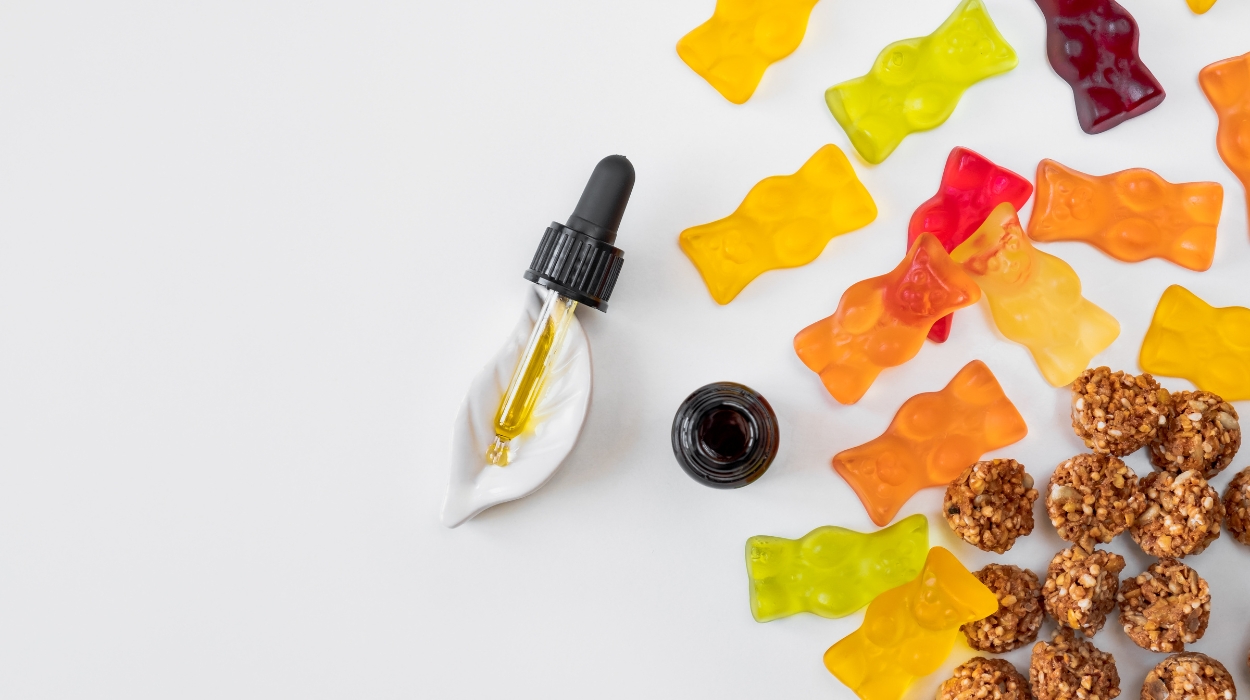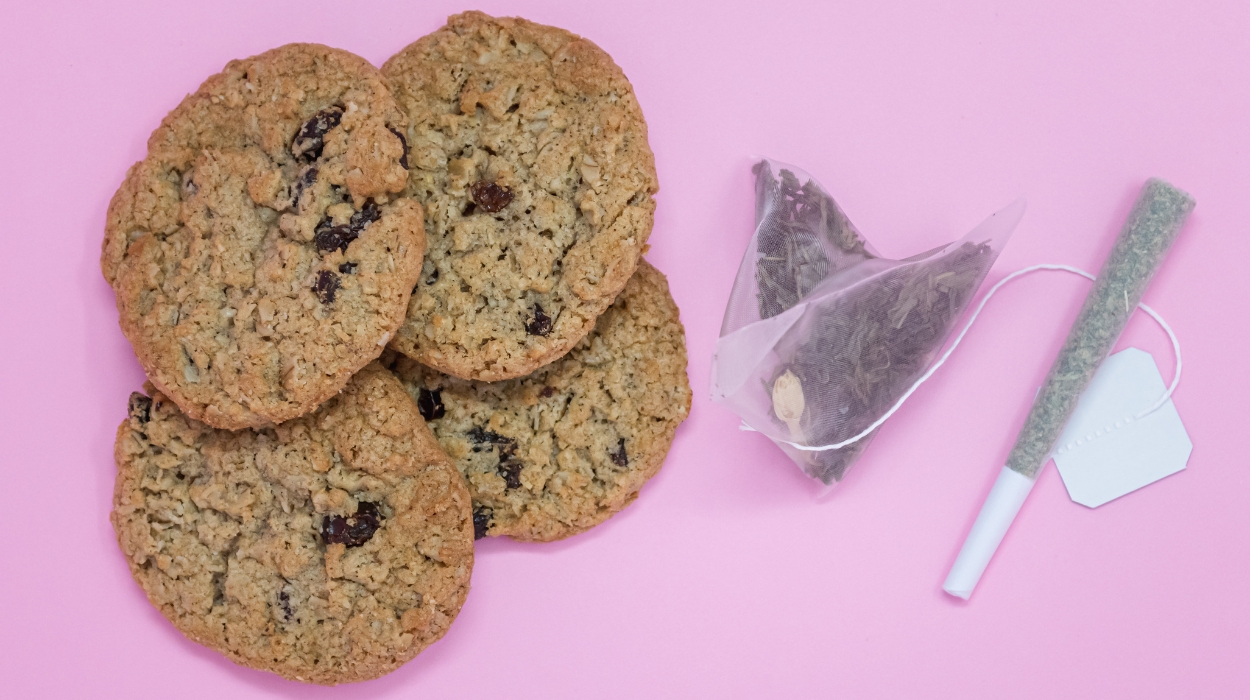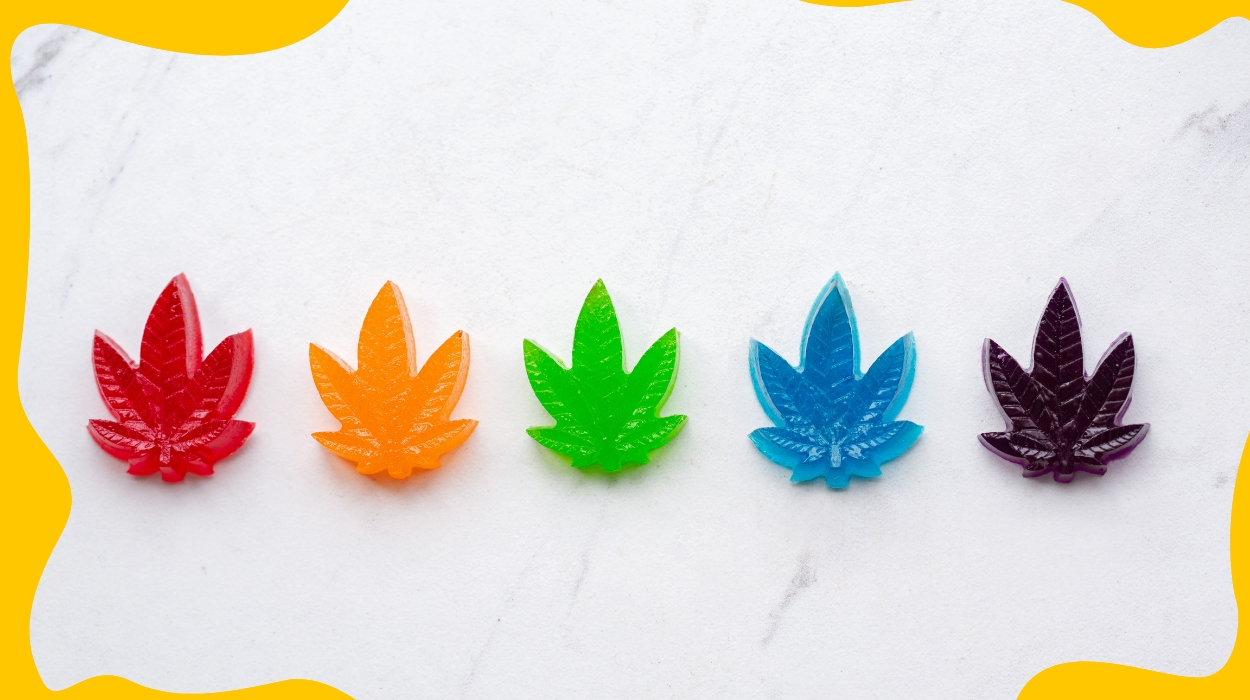Cannabis edibles are food products infused with cannabis extract that contain cannabinoids. They have gained popularity recently as a discreet and convenient alternative to smoking or vaping cannabis.
Edibles come in many forms, including gummies, chocolate, and baked goods, making them a favorite among cannabis enthusiasts. One of the most common questions about edibles is how long edibles take to kick in. In this article, we will delve into the factors that affect the onset time of edibles and explore the different types of cannabis edibles available.
How Long Do Edibles Take To Kick In?
The time it takes for edibles to take effect can vary depending on several factors. Generally, it can take anywhere from 30 minutes to 2 hours for you to feel the effects. This delayed onset is due to the way the digestive system processes cannabis. The process of digestion and metabolization can take some time, resulting in the delayed onset of effects.
Benefits Of Consuming Edibles
Although the onset time of edibles may be longer compared to other methods of cannabis consumption, there are several benefits to consuming edibles. First and foremost, edibles provide a longer-lasting high compared to smoking or vaping cannabis. The effects can last anywhere from 4 to 12 hours, depending on the dosage and individual factors. This makes edibles an excellent choice for individuals seeking sustained relief from pain or insomnia.
Furthermore, consuming edibles eliminates the potential risks associated with smoking, such as lung irritation or damage. Edibles also offer a discreet way to consume cannabis, as they resemble regular food items and do not produce a strong odor.
Factors That Affect How Long An Edible Takes To Work

Several factors can influence how long edibles take to kick in. Understanding these factors can help you predict your onset time to prevent over-consumption.
Dosage
The dosage of Tetrahydrocannabinol (THC) in an edible plays a role in determining how long it takes for you to feel the effects. Higher doses of THC will typically result in a more intense and longer-lasting high. Though THC tolerance differs between individuals, some people have a high tolerance for THC compared to others.
On the other hand, lower doses of THC provide a milder experience that reaches a lower peak of intensity at a later time than a higher dose.
The chemical composition of the dosage also plays a part. THC-dominant edible cannabis should have lower levels of CBD. CBD dominant products typically lack CBD and do not generate the “high” associated with THC consumption.
Types Of Cannabis Edibles
The type of cannabis edible you consume can also impact the onset time. This is because the body digests and metabolizes different foods at different rates. For example, the body processes simple carbohydrates like pure sugar more rapidly than complex carbohydrates like whole grains that you might find in baked goods.
Metabolism
Individual differences in metabolism can significantly influence how long it takes for an edible to take effect. If you have a fast metabolism, it means your body processes and eliminates substances from your digestive tract more quickly. A rapid metabolic rate can result in a faster onset time for edibles.
Conversely, individuals with a slower metabolism may experience a delayed onset of effects. Age, body weight, and overall health can also impact your resting metabolic rate.
Full Vs. Empty Stomach
Another influential factor in the onset time of edibles is the time since your last meal. Consuming an edible on an empty stomach may result in a faster onset time, as there is less food in your digestive system to slow down absorption. However, consuming an edible after a heavy meal may delay the onset time, as the presence of food can slow down digestion and absorption.
How Long Do Edibles Last?
Once the effects of an edible kick in, they can last significantly longer compared to other methods of cannabis consumption. On average, the results of edibles can last anywhere from 4 to 12 hours, depending on factors such as dosage, metabolism, and individual tolerance.
If you are new to edibles or have a low tolerance, it is advisable to start with a lower dose and wait for the effects to fully kick in before considering taking more.
How Many THC Edibles Should You Take?
Determining the correct dosage for edibles can be challenging, as the effects can vary between individuals based on individual metabolism, last meal, and edible dosage.
Medical recommendations suggest starting with a low dose, around 2.5-5 milligrams (mg) of THC, and waiting at least 3 hours before considering taking more.
Remember to always proceed with caution and avoid taking too high of a dosage. Lethal cannabis overdose has not been recorded in humans, but taking too much THC can result in unpleasant side effects and even acute psychosis.
Other Ways Of Consuming Cannabis

While edibles provide a convenient and discreet option for cannabis consumption, several other methods are also available. Let’s explore some alternative ways to enjoy the benefits of cannabis.
Smoking Cannabis
Smoking cannabis is the most traditional and well-known method of consumption. It involves inhaling the smoke produced by burning cannabis flowers or concentrates. Smoking provides a rapid onset of effects, typically within minutes, as the THC is absorbed directly into the bloodstream through the lungs. However, smoking can be harmful to the lungs and may not be suitable for individuals with respiratory issues, particularly when utilized for long periods of time.
Vaping Cannabis
Vaping has gained popularity as a healthier alternative to smoking. It involves heating cannabis flowers or concentrates at a lower temperature, which produces vapor instead of smoke. Like smoking, vaping allows for a quicker onset of effects compared to edibles, but the duration may be shorter with effects felt for about an hour on average.
Topical Cannabis
For localized relief, cannabis topicals can be applied directly to the skin. These products include creams, lotions, and balms infused with cannabis extracts. Topicals are primarily used for pain relief and provide a non-euphoric experience, as the THC does not enter the bloodstream. The effects of topicals are typically felt within minutes and can last for several hours.
Potential Side Effects Of Cannabis
While cannabis can offer numerous benefits, being aware of potential side effects is essential. Common side effects of cannabis consumption include dry mouth, red eyes, increased heart rate, and short-term memory impairment. These effects are generally mild and temporary, but individuals with underlying health conditions or those prone to anxiety may be more susceptible to experiencing discomfort.
It is also important to note that consuming too much THC, whether through edibles or other methods, can lead to an unpleasant high. Symptoms may include anxiety, paranoia, and disorientation. If you feel overwhelmed or uncomfortable, it is best to find a calm and safe environment, stay hydrated, and try to relax. The effects will eventually subside, but it is crucial to take care of yourself during this time.
If the side effects are long-lasting or severe, you should consult with a healthcare professional. In an emergency, dial your local emergency number or 9-1-1 for additional assistance.
Conclusion
In conclusion, edibles are a popular and enjoyable way to consume cannabis. The onset time of edibles can vary depending on factors such as dosage, type of edible, metabolism, and if you have food in your system. Starting with a low dose and being patient is crucial, as the effects can take some time to kick in. Always consume responsibly, know your individual tolerance, and adjust your dosage accordingly.
If you are new to edibles or have any concerns, it is recommended to consult with a healthcare professional who can provide guidance based on your specific needs. Enjoy your cannabis experience responsibly and make the most out of the benefits it has to offer.
Frequently Asked Questions
The time it takes for edibles to take effect can vary from one person to the next based on several factors. Learn the answers to some frequently asked questions regarding edible cannabis and how long it takes to feel the effects after eating edibles.
Gummy edibles can take anywhere from 30 minutes to 2 hours to kick in. Several factors affect absorption time, including your metabolism, body weight, and previous meals.
Edible cannabis is a food or drink product infused with cannabis extracts, typically containing THC or CBD. They provide an alternative method of cannabis consumption and offer a longer-lasting high compared to smoking or vaping.
While cannabis overdose is unlikely, taking too much THC can result in an uncomfortable experience. Symptoms may include anxiety, paranoia, and an increased heart rate. It is important to start with a low dose and gradually increase if needed.
The effects of cannabis-infused edibles can last anywhere from 4to 12hours, depending on various factors such as dosage, metabolism, and individual tolerance. It is important to plan your cannabis use accordingly and be mindful of the long-lasting effects.
It is generally not recommended to mix edible THC with other forms of cannabis, as it can result in an unpredictable and potentially overwhelming experience. It is best to choose one method of consumption and be mindful of your dosage.
